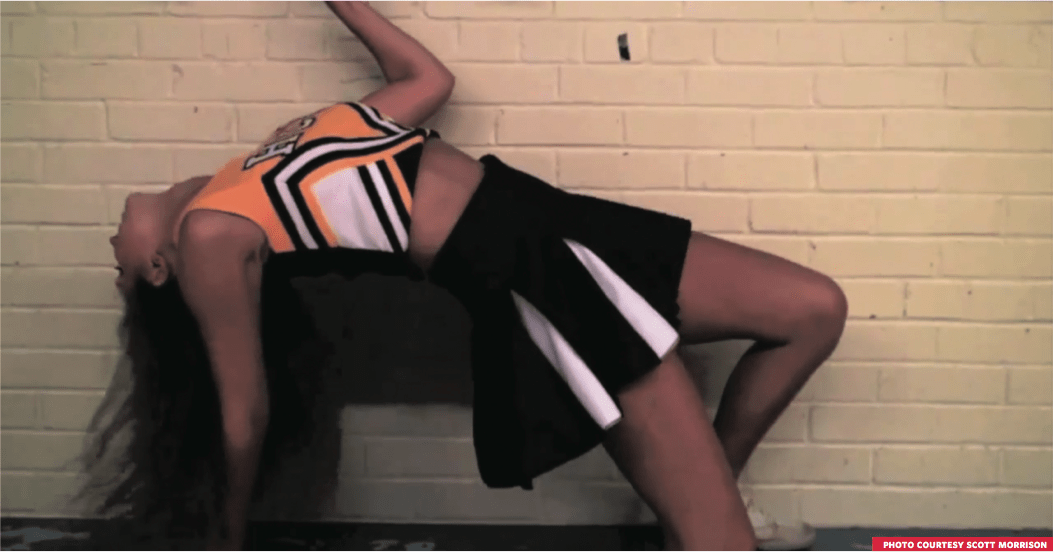Alternative? Experimental? Avan-garde? What exactly is an alternative film? As an alternative filmmaking student and self-proclaimed avant-garde filmmaker, I get asked this question all the time.
I would consider Terrence Malick’s 2011 movie The Tree of Life a mainstream alternative film.
Unfortunately, most people in my film program are not fans of it, which is fine.
Art is subjective. I first took a liking to alternative filmmaking, which inspired me to want to make movies myself, when I was 17 years old. I’ve always been drawn to stories that are told artfully.
I tend to make films that are inspired by my life and experiences, my friends, fashion, popular culture, and music. It’s a euphoric experience when the visuals of your mind’s eye come to fruition in film. I zone on concepts and ideas I want to explore and think of stylish and unique ways to interpret and build them.
The first experimental filmmaker I was exposed to was pop artist Andy Warhol. I could relate to his prophecy on popular culture and how lifestyle translated through art. Warhol took something ordinary and made it extraordinary, forcing us to look at a subject, object, or person in a different way.
His films were unique and revolutionary for the time, but are still as relevant as ever today. Poor Little Rich Girl and Beauty No. 2, which are both unscripted and static, and as a result have a documentary feel, are my personal favourites.
What is special about alternative films is that there are no limits. You want to break the rules of conventional filmmaking styles, and you can express yourself in any way you wish. Sometimes the visuals are beautiful, while at other times, they are graphic and hard to watch. They are, however, always inspiring.
Scott Morrison
Contributor



